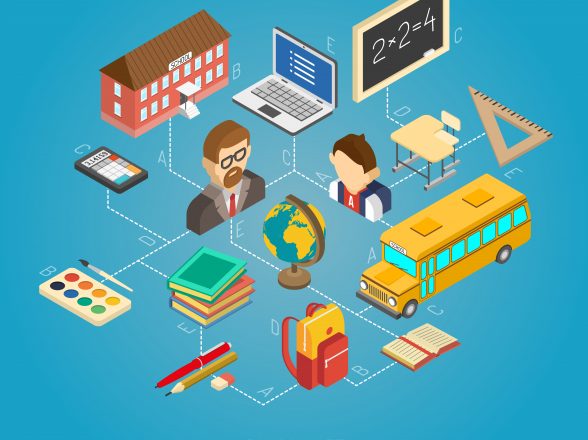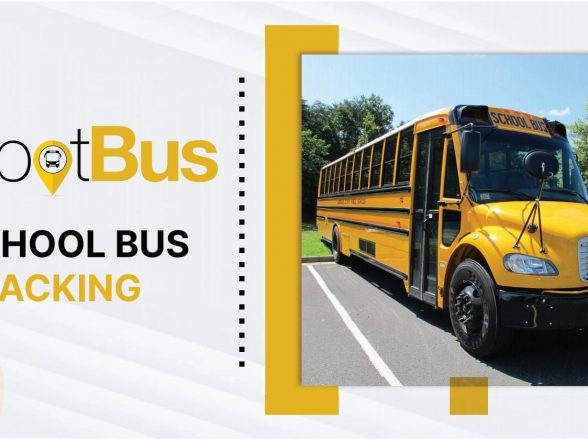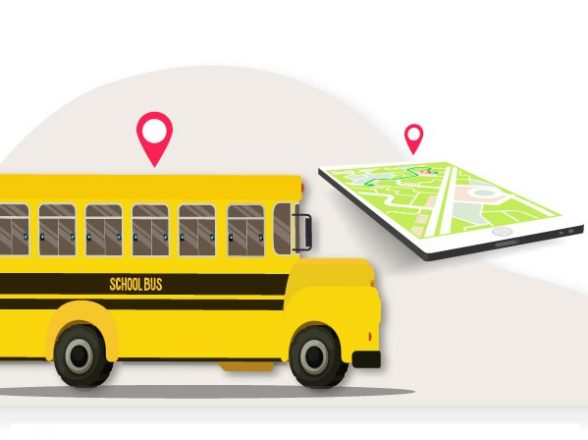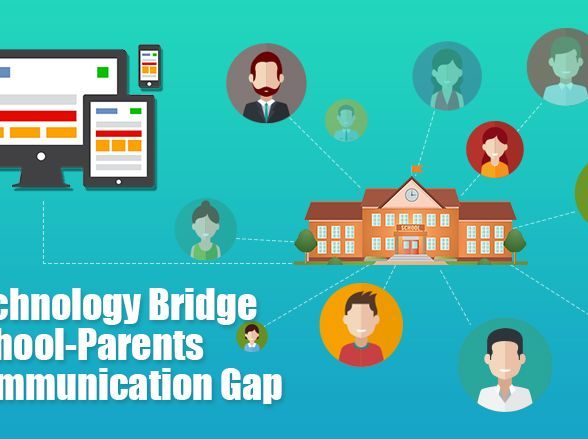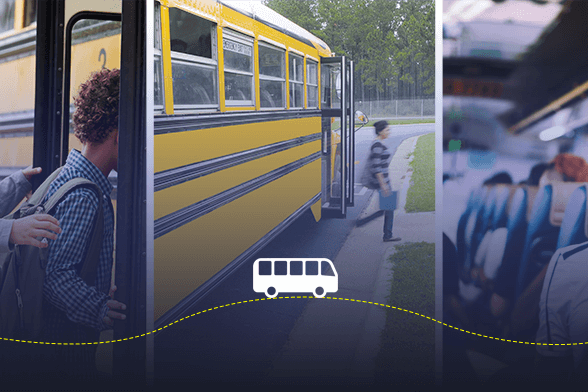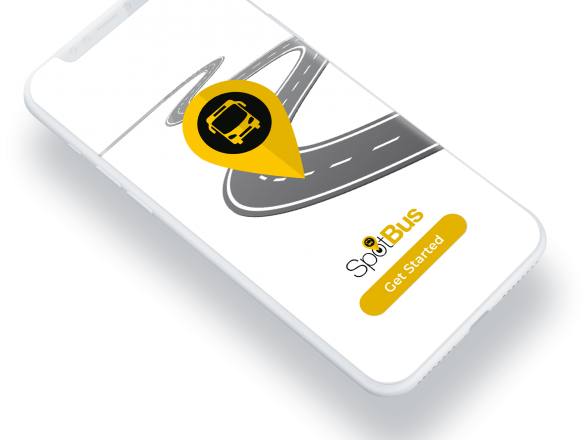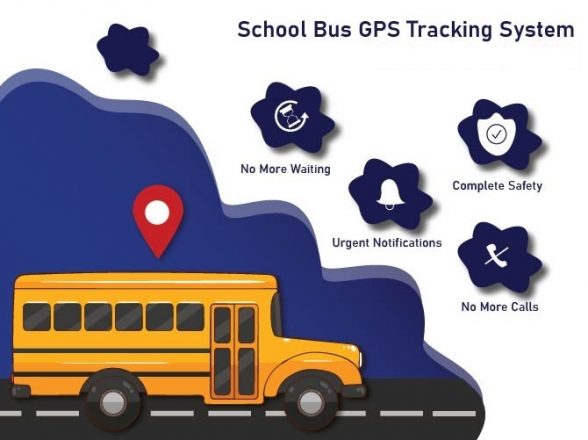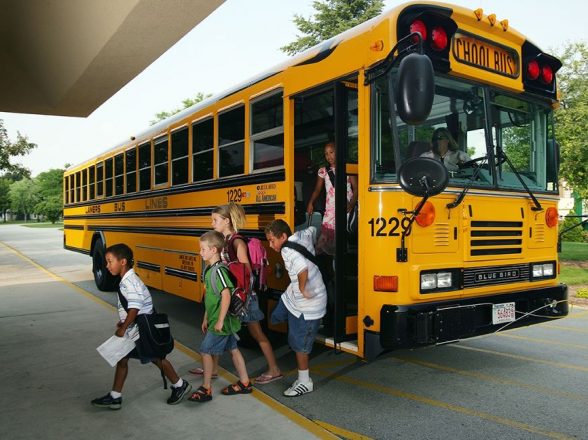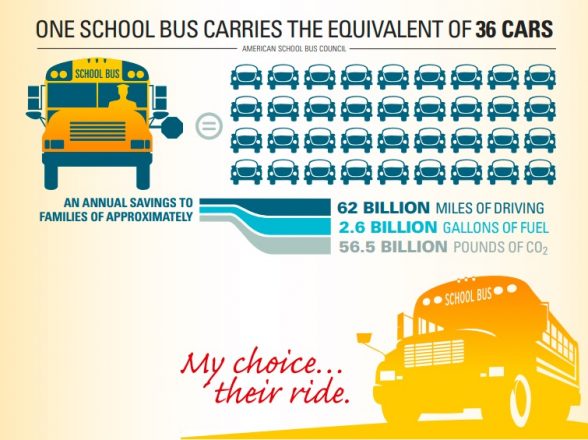Ensuring Safe and Efficient Onboarding and Offboarding of Students on School Buses
The safety and efficiency of student transportation are paramount concerns for school districts, parents, and bus operators. The processes of onboarding and offboarding students from school buses are critical moments in a student’s daily routine, demanding meticulous planning and execution. Incorporating live GPS tracking, student school bus tracking, and rigorous trip inspections for school buses can significantly enhance the safety and efficiency of these operations. This blog will delve into the intricacies of onboarding and offboarding students, highlighting the role of modern technologies and best practices.
The Importance of Onboarding and Offboarding
Onboarding refers to the process of students getting on the school bus, while offboarding involves students exiting the bus. These processes are not merely routine tasks but essential components of student safety and school bus operation efficiency. Proper onboarding and offboarding procedures ensure that students are accounted for, that they get on and off the bus safely, and that they arrive at their destinations on time.
Live GPS Tracking: Enhancing Safety and Efficiency
One of the most significant advancements in school transportation is the implementation of live GPS tracking. This technology offers real-time monitoring of school buses, providing several benefits:
- Real-Time Location Tracking: Live GPS tracking enables school administrators and parents to know the exact location of a school bus at any given time. This transparency ensures that any deviations from the planned route are immediately noticed and addressed.
- Route Optimization: With live tracking data, school districts can analyze and optimize bus routes, leading to more efficient use of resources and reduced travel times.
- Emergency Response: In case of emergencies, knowing the precise location of a bus allows for faster response times from emergency services.
Student School Bus Tracking: Accountability and Peace of Mind
Student school bus tracking goes beyond simply monitoring the bus. It involves tracking individual students to ensure they are safely onboarded and offboarded. Here’s how it works:
- RFID Tags and Smart Cards: Students are issued RFID tags or smart cards that they swipe when boarding and exiting the bus. This automatically logs their attendance and records their boarding and offboarding times.
- Parent Notifications: Parents can receive real-time notifications when their child boards or exits the bus, providing peace of mind and ensuring they are informed of their child’s whereabouts.
- Attendance Management: Automated tracking systems reduce the risk of human error in attendance taking and ensure that no student is left behind or unaccounted for.
Trip Inspection for School Buses: Ensuring Safety
Conducting regular trip inspections for school buses is crucial for maintaining safety standards. These inspections ensure that the bus is in good working condition and that all safety protocols are followed. Key aspects of trip inspections include:
- Pre-Trip Inspections: Before starting a trip, drivers must conduct a thorough inspection of the bus. This includes checking the brakes, tires, lights, and emergency exits. Ensuring that the bus is in proper working condition before students board is essential for their safety.
- Post-Trip Inspections: After completing a trip, drivers should inspect the bus to ensure no students or belongings are left behind. This step is critical to prevent students from being accidentally left on the bus.
- Regular Maintenance Checks: Scheduled maintenance checks by qualified mechanics help in identifying and fixing potential issues before they become serious problems. Regular maintenance ensures the bus remains in safe operating condition.
Best Practices for Onboarding and Offboarding Students
Implementing best practices during the onboarding and offboarding processes can significantly enhance student safety and operational efficiency. Here are some key strategies:
- Clear Procedures and Training: Establish clear procedures for onboarding and offboarding, and ensure that all bus drivers and staff are adequately trained. Regular training sessions help in reinforcing these procedures and addressing any new challenges that arise.
- Supervision and Assistance: Younger students and those with special needs may require additional supervision and assistance during onboarding and offboarding. Assigning staff members or older student volunteers to help can make the process smoother and safer.
- Designated Pick-Up and Drop-Off Points: Clearly marked and supervised pick-up and drop-off points ensure that students know exactly where to board and exit the bus. This reduces confusion and minimizes the risk of accidents.
- Parental Involvement: Encourage parental involvement in the onboarding and offboarding process. Parents can help ensure their children are at the bus stop on time and are safely received when they return.
- Emergency Preparedness: Regularly conduct drills and training sessions for bus drivers and students on how to respond to emergencies. This preparation can make a significant difference in the event of an actual emergency.
Integrating Technology for Improved Processes
Modern technology plays a pivotal role in enhancing the safety and efficiency of onboarding and offboarding students. Here’s how technology integration can make a difference:
- Mobile Apps for Parents and Administrators: Mobile applications provide a user-friendly interface for parents and school administrators to track buses in real-time, receive notifications, and communicate with each other.
- Cameras and Surveillance Systems: Installing cameras inside and outside the bus helps monitor student behavior and ensures that safety protocols are followed. Surveillance footage can be crucial in investigating incidents and improving safety measures.
- Automated Attendance Systems: Integrating RFID or biometric attendance systems automates the tracking of student boarding and offboarding, reducing the burden on drivers and increasing accuracy.
- Data Analytics: Using data analytics to analyze bus routes, boarding times, and attendance records can help in identifying patterns, optimizing routes, and improving overall efficiency.
Conclusion
The onboarding and offboarding of students from school buses are critical processes that require careful planning, execution, and monitoring. By leveraging live GPS tracking, student school bus tracking, and rigorous trip inspections for school buses, schools can enhance the safety and efficiency of student transportation. Implementing best practices and integrating modern technologies further ensures that students are safely and efficiently transported to and from school. As technology continues to evolve, the future of student transportation looks promising, with even more innovative solutions on the horizon to ensure the utmost safety and efficiency.


